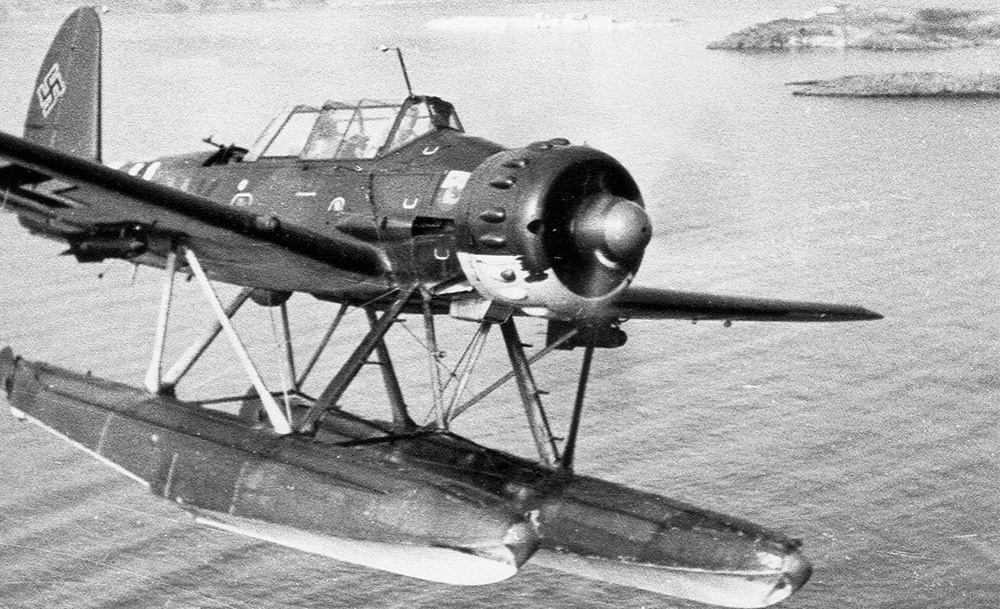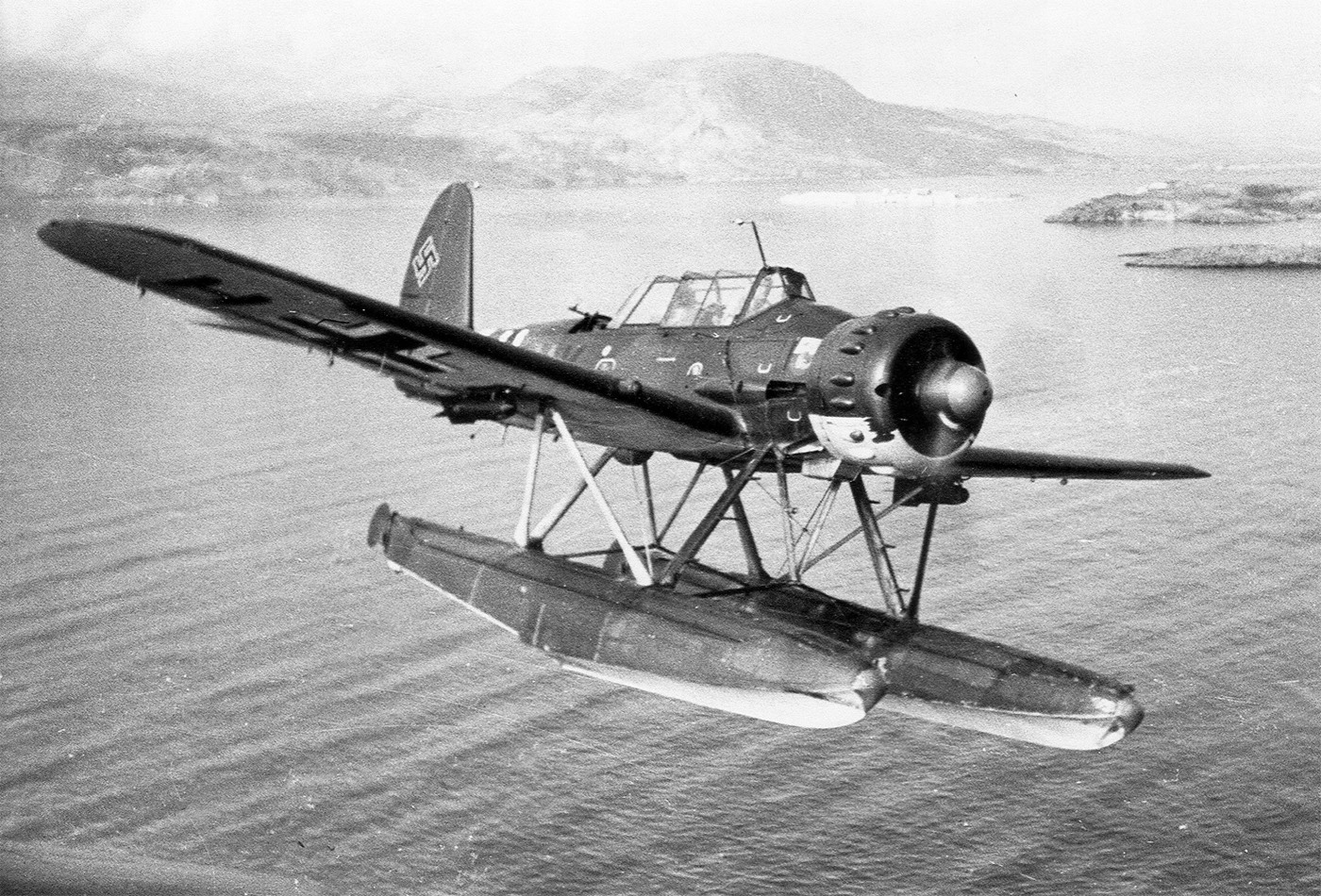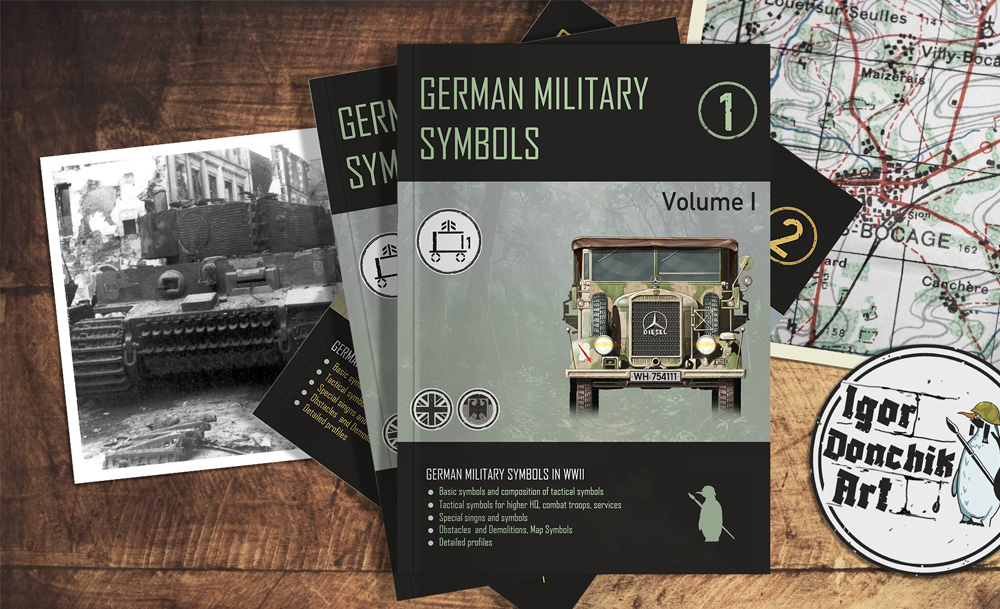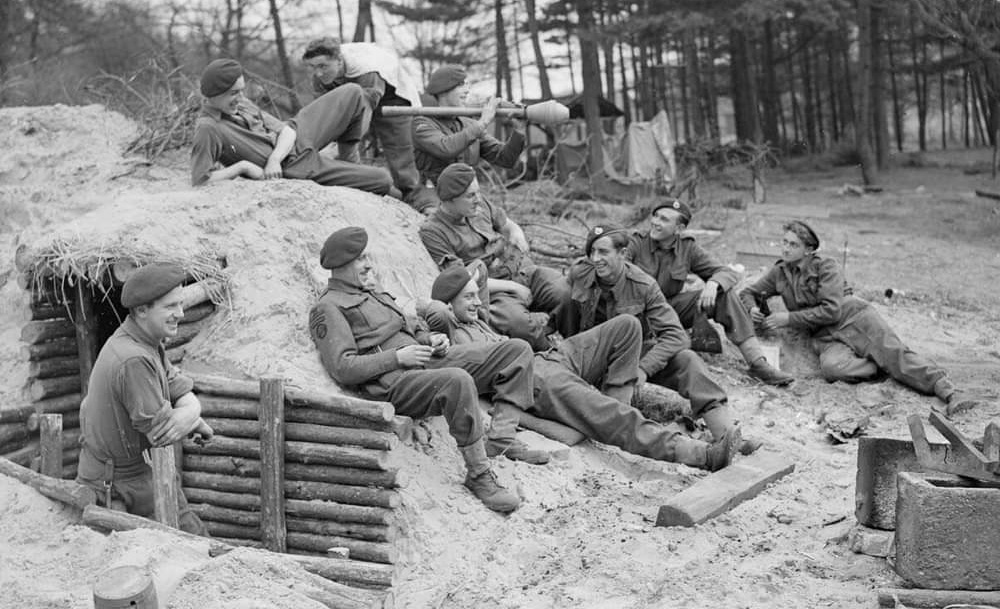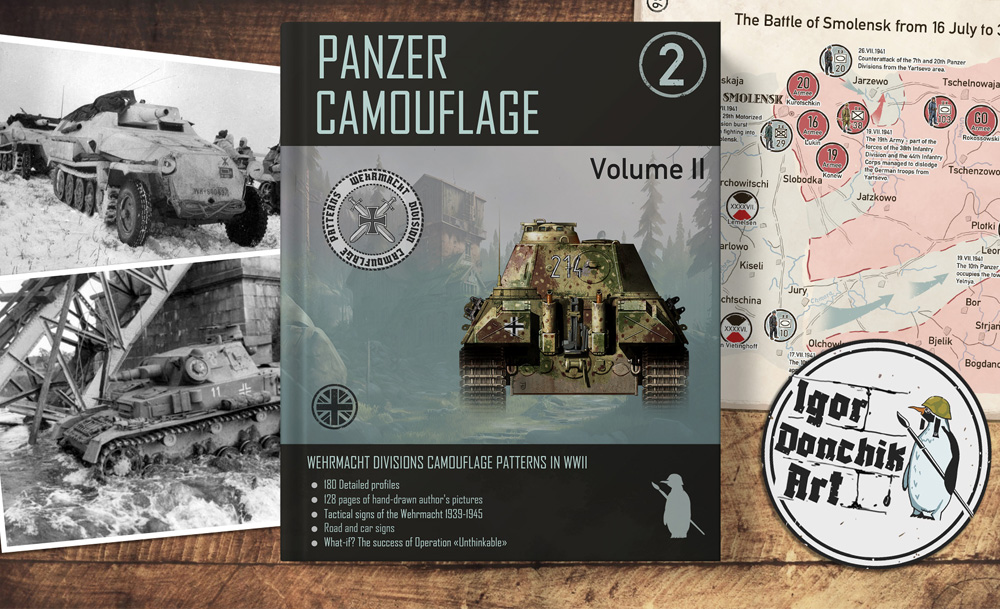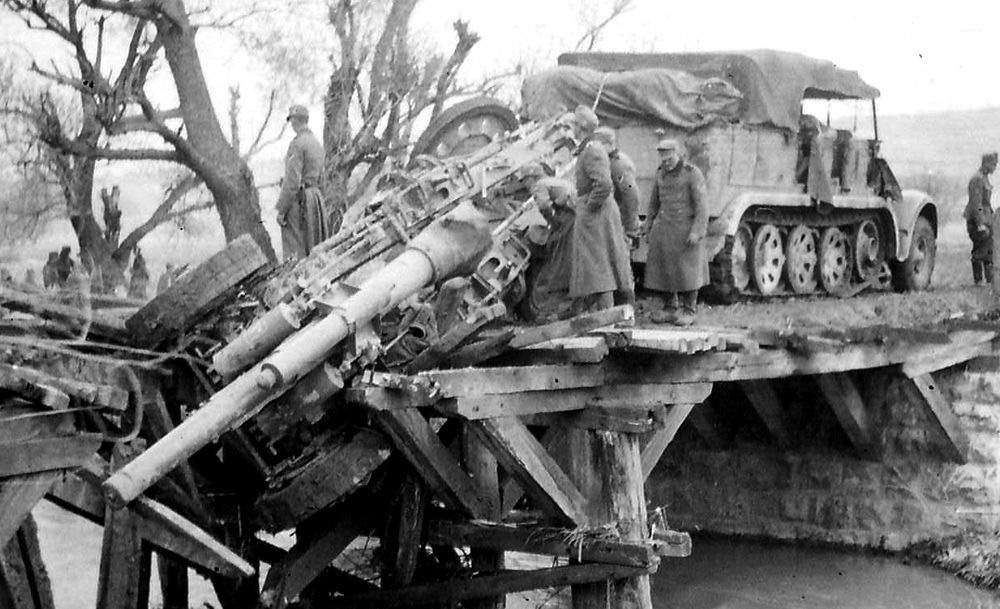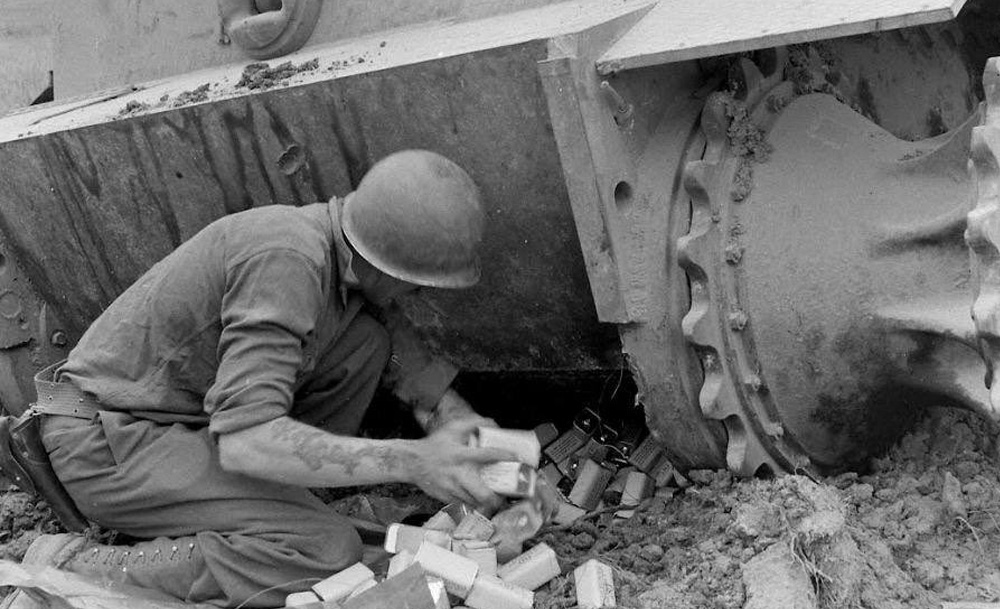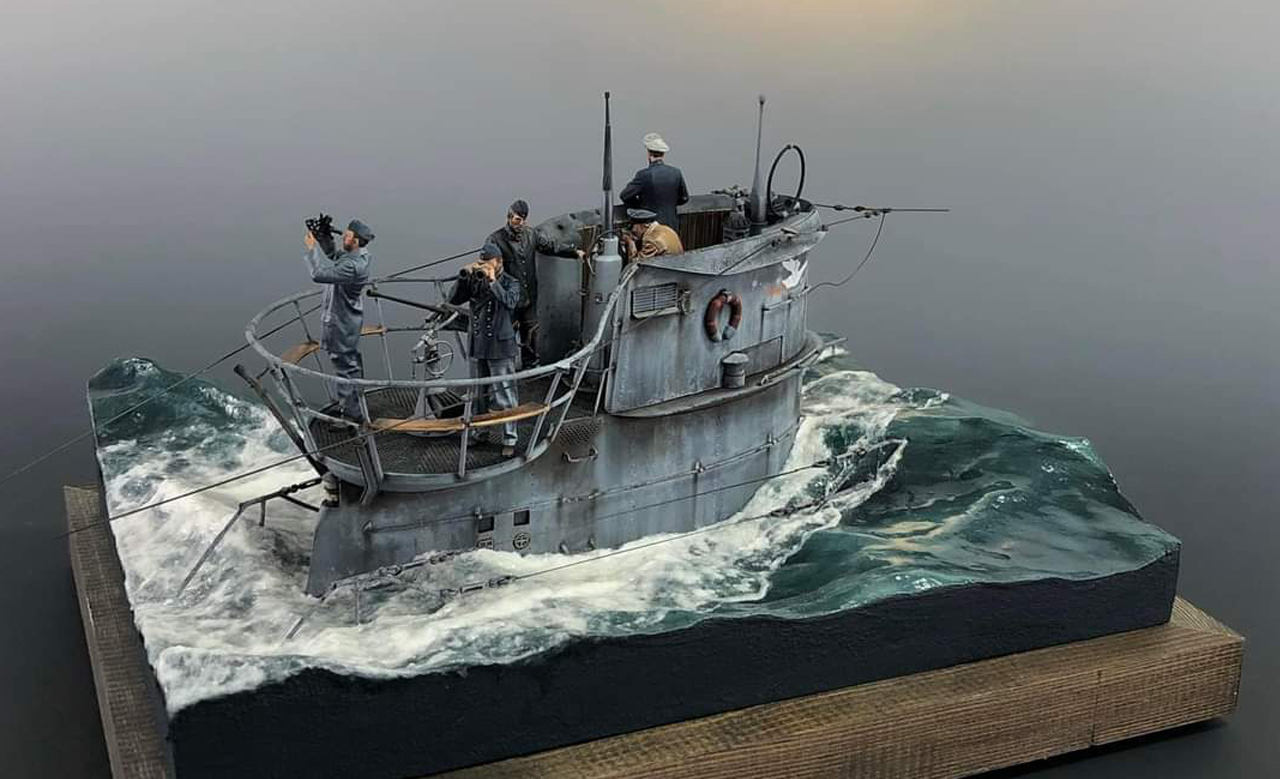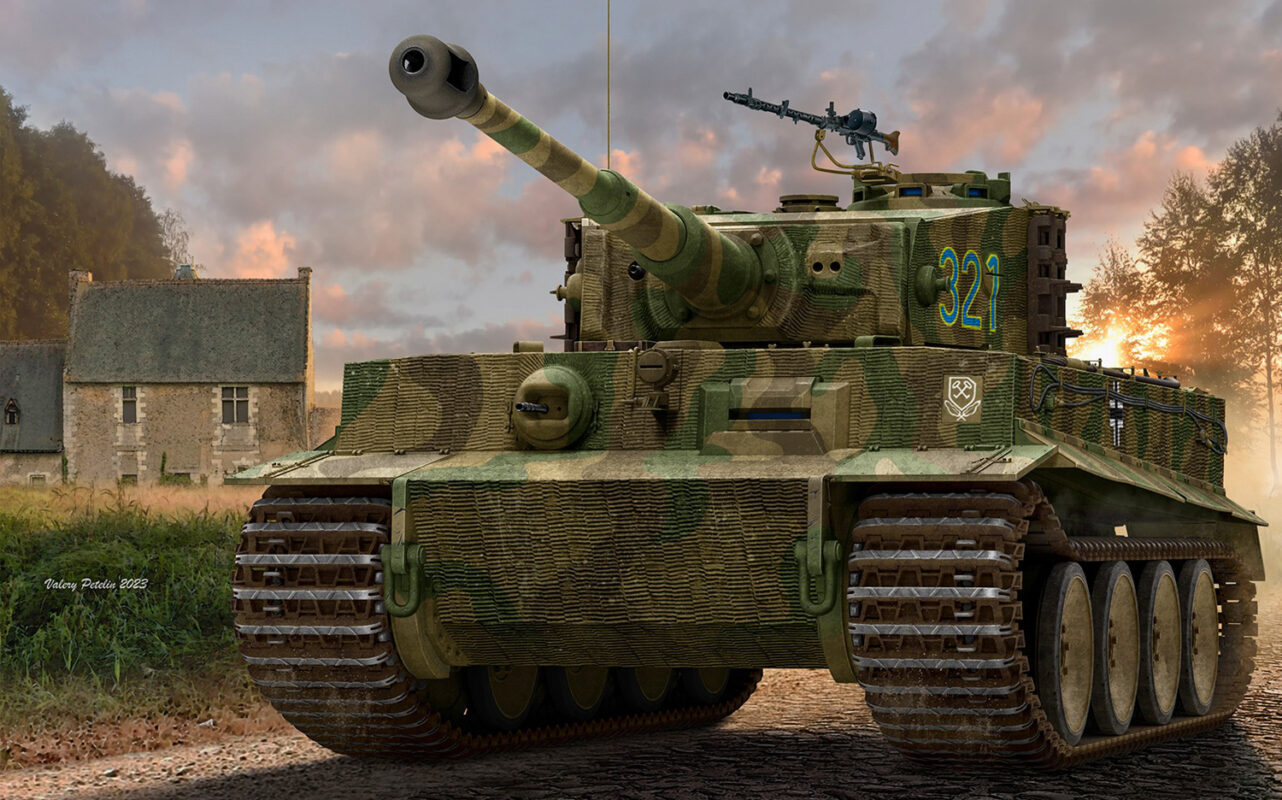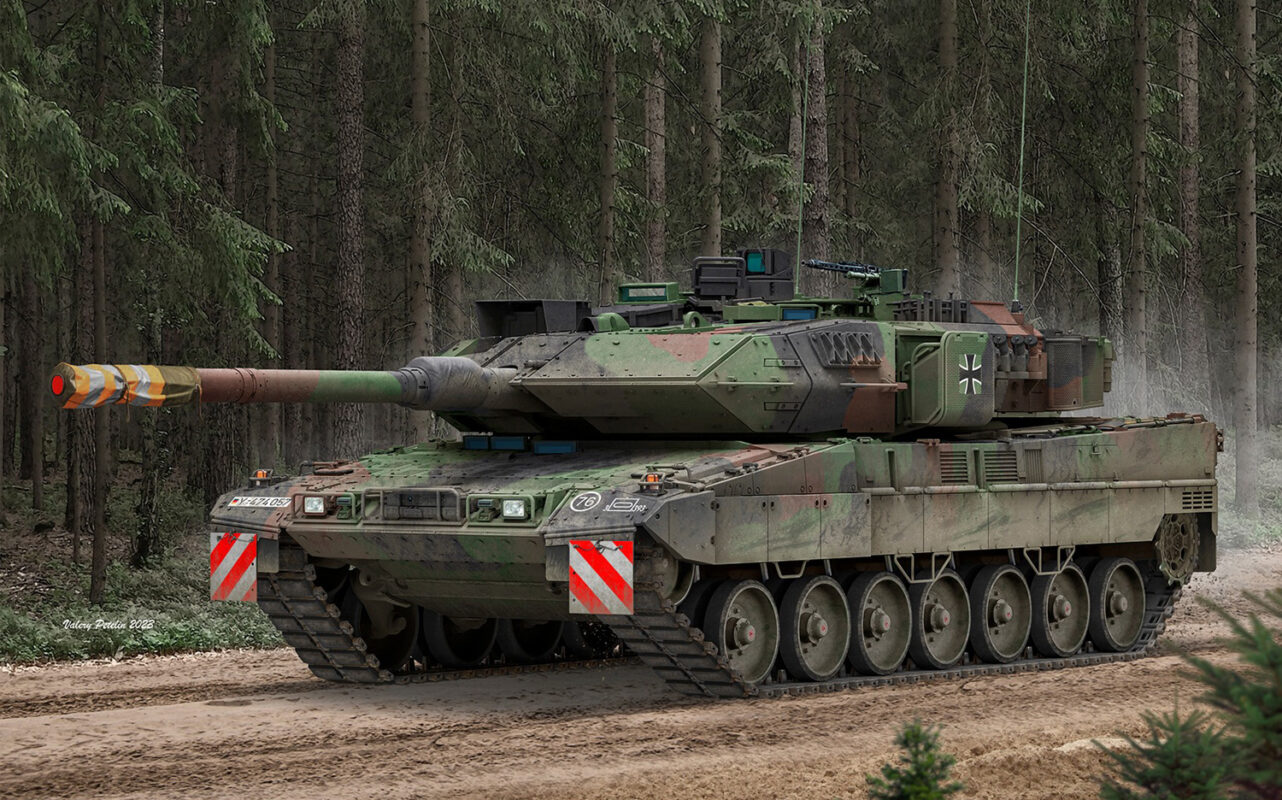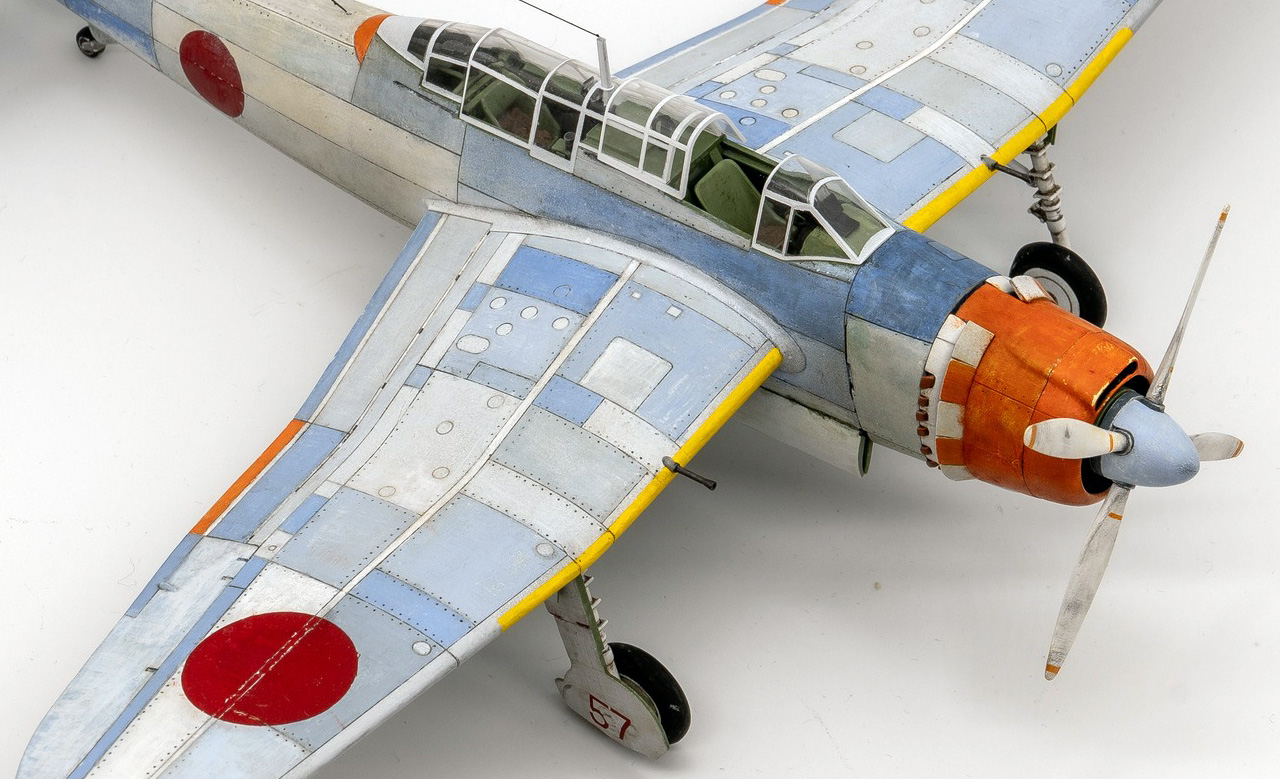The Arado Ar 196 was a German reconnaissance seaplane used during World War II. Here’s a brief overview:
Design and Development: The Arado Ar 196 was designed by the German firm Arado Flugzeugwerke. It was intended for ship-based reconnaissance and served as a replacement for the earlier Arado Ar 95.
Role: The primary role of the Ar 196 was maritime reconnaissance and observation. It operated from various German naval vessels, including battleships, cruisers, and U-boats, providing crucial reconnaissance support for naval operations.
Features: The Ar 196 was a biplane with a distinctive inverted gull wing design. It featured a twin-float undercarriage for water take-offs and landings. The aircraft was equipped with a radio, cameras for reconnaissance, and defensive armament, typically a rearward-firing machine gun.
Operational History: The Ar 196 saw active service during World War II, being employed by the German Navy (Kriegsmarine) from 1939 onwards. It participated in various naval campaigns, including the Battle of the Atlantic and the Arctic Convoys.
Versatility: While primarily a reconnaissance aircraft, the Ar 196 was adaptable and could carry bombs for light attack missions. Its versatility and ability to operate from limited deck spaces made it a valuable asset for the German naval forces.
Phasing Out: As the war progressed, the Ar 196 was gradually replaced by more advanced aircraft. By the end of World War II, it had been largely superseded by newer and faster reconnaissance planes.
Legacy: The Arado Ar 196 is remembered as a reliable and effective reconnaissance seaplane that served the German Navy during a crucial period in naval warfare. Some examples of the aircraft have been preserved in aviation museums worldwide, allowing enthusiasts to appreciate its historical significance.
Photo: German Arado Ar 196A-2 over a bay court in Crete.
Date: 1942.








